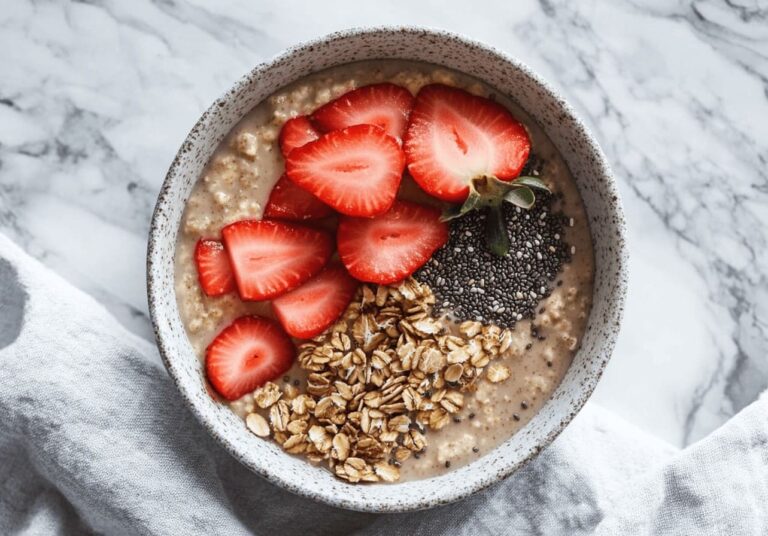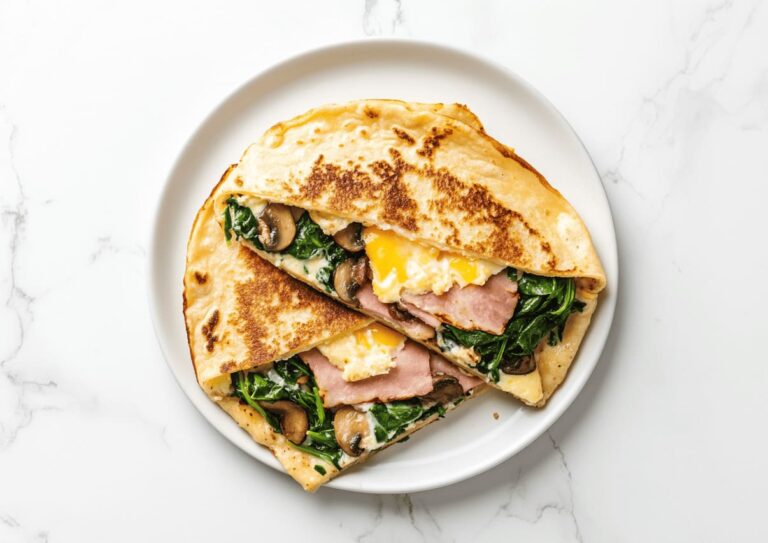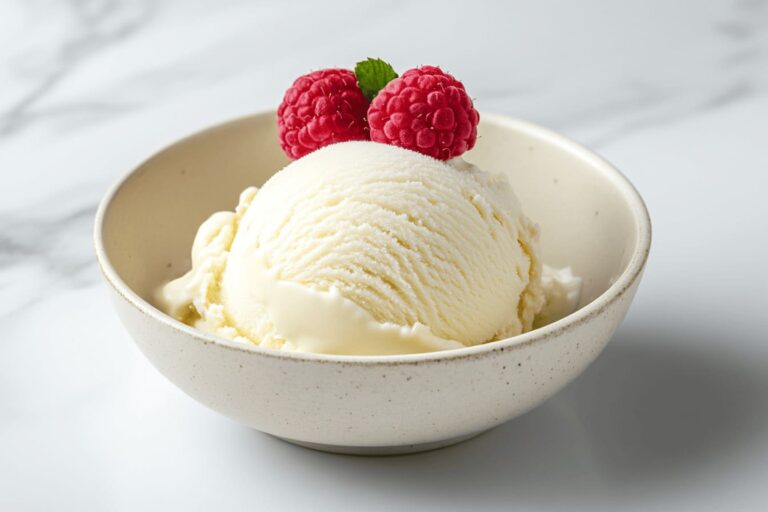20 Sugar-Free Rice Alternatives: Pros and Cons, Nutrition, Recipes
This post may contain affiliate links. That means if you click and buy, I may receive a small commission (at zero cost to you). Please see my full disclosure policy for more details.
This list covers 20 healthy sugar-free rice replacements that can fit into your meals seamlessly.
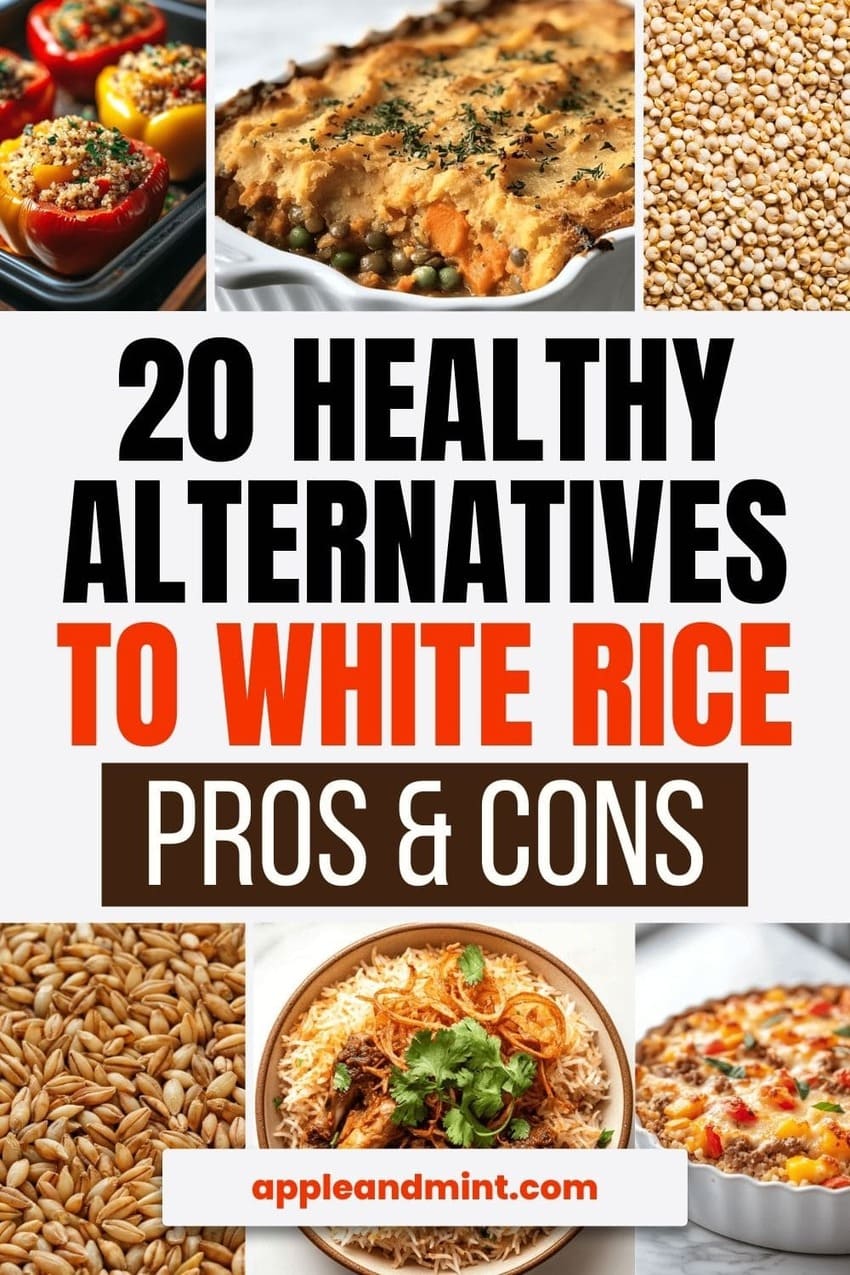
When I was first diagnosed with prediabetes and gestational diabetes, the first thing I did was cut my white rice portions in half and switch to basmati rice.
It seemed like a small change, but I quickly realized that reducing carbs and going for lower glycemic index (GI) ones made a huge difference in managing my blood sugar levels.
Over time, I started exploring more alternatives to white rice, finding new ways to add flavor, nutrition, and variety to my meals.
Whether you’re in the same boat or just looking for healthier options, these 20 rice substitutes can be great additions to your kitchen.
What is Sugar-Free Rice?
Is sugar-free rice good for diabetes?
Sugar-free rice refers to rice or rice alternatives that do not contain added sugars.
While rice itself doesn’t naturally contain sugar, it is high in carbohydrates, which the body converts into glucose, impacting blood sugar levels.
So, “sugar-free rice” really means low-carb or lower glycemic index options that are gentler on your blood sugar.

Whether it’s a different grain, a veggie swap, or something with more fiber and protein, there are tons of ways to enjoy your favorite rice dishes without the sugar rush.
Choosing the Right Rice for Blood Sugar Management
Not all rice is created equal.
Benefits of Sugar-Free Rice
Glycemic Index (GI) measures how quickly carbs are digested and turned into glucose.
Higher GI foods (eg white rice) can lead to those frustrating blood sugar spikes, while lower GI foods (sugar-free rice like quinoa and brown rice) offer a more steady release of energy
Some sugar-free rice alternatives are higher in fiber and protein, which help slow the absorption of carbs and prevent those sudden sugar spikes.

Disclaimer: We sourced the nutritional data in this post from the USDA FoodData Central, Healthline, Glycemic Index Guide and FatSecret. Values may vary based on brands, portion sizes, and preparation methods. For accuracy, refer to specific product labels or trusted databases.
Learn more: Glycemic Index of over 650+ foods (free printable list included)
2 Strategies!
When it comes to managing rice intake, I’ve found two super effective strategies that make a real difference.
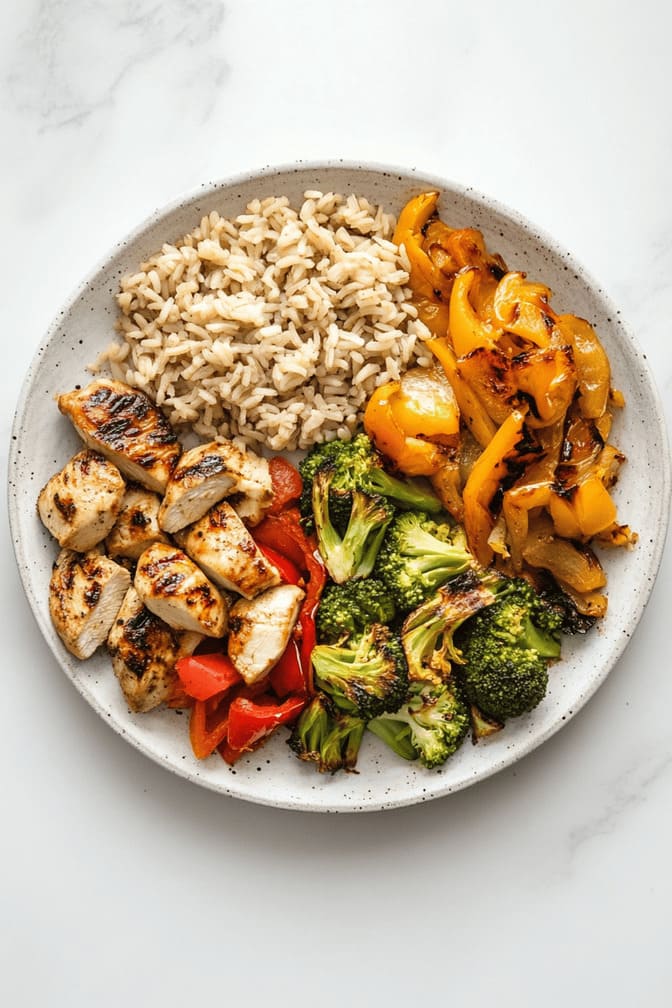
Portion control
Using the plate method is a fantastic way to visualize your meals.
Picture this: fill half your plate with colorful non-starchy veggies, one-quarter with lean protein, and the last quarter with your rice or grain of choice.
It’s not only an easy way to keep your carb intake in check, but it also helps create a balanced meal.
Good news with this: you do not have to give up on white rice!
Choosing lower GI options
Instead of reaching for that traditional white rice, think about switching it up with basmati rice, brown rice, quinoa, or even cauliflower rice.
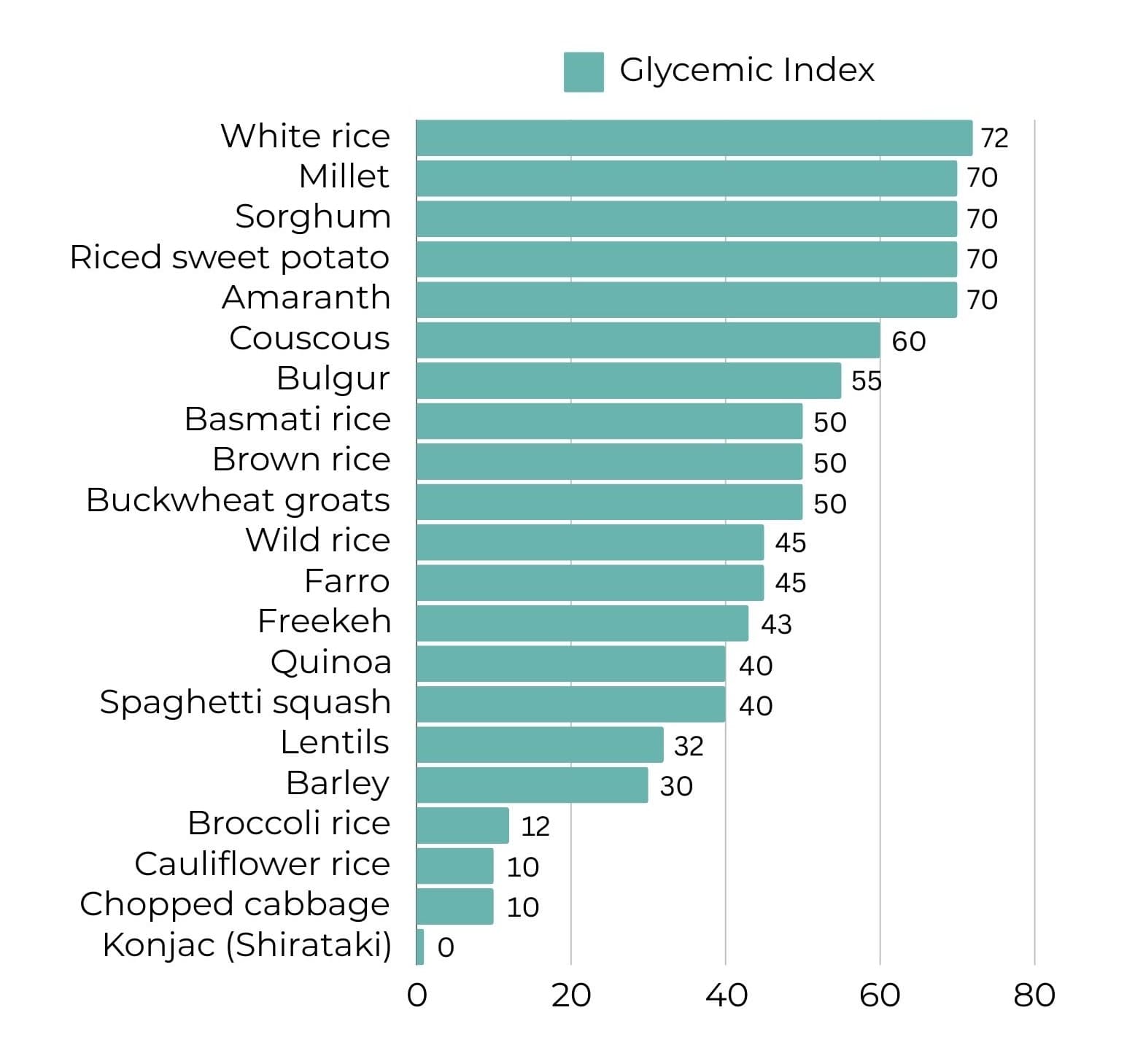
These sugar-free rice alternatives are not just lower in GI; they have more fiber and nutrients, which help keep your blood sugar steady and make you feel fuller longer.
Pro Tip: If you’re not a fan of the texture in rice alternatives, try mixing half white rice with half of your chosen alternative for a smoother transition!
20 Sugar-Free Rice Alternatives to Traditional White Rice
What rice is best for diabetics?
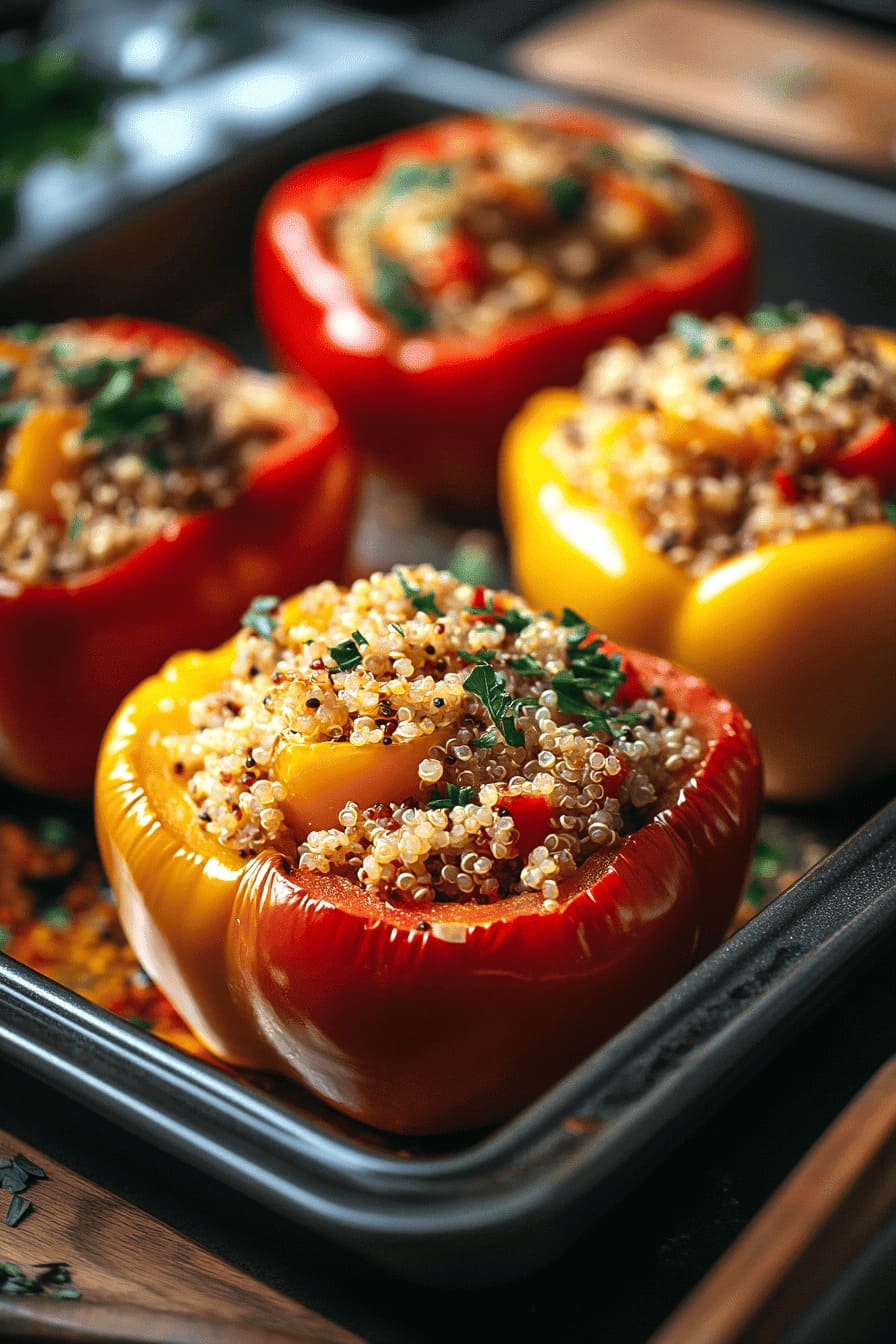
1. Quinoa
A gluten-free seed from the Andes. Its nutty flavor and fluffy texture make it a popular substitute for grains like rice.
- Pros: High in protein, fiber-rich, gluten-free, and provides all essential amino acids.
- Cons: Can be bitter if not rinsed, and costly.
- Recipes: Quinoa and Black Bean Salad, Quinoa-Stuffed Bell Peppers, Beef Bourguignon with quinoa and veggies.
- Popular Brands: Kirkland Signature, 365 by Whole Foods Market, Ancient Harvest
Quinoa, while often considered a grain, is technically a seed and is one of the few plant-based foods that contain all nine essential amino acids, making it a complete protein.
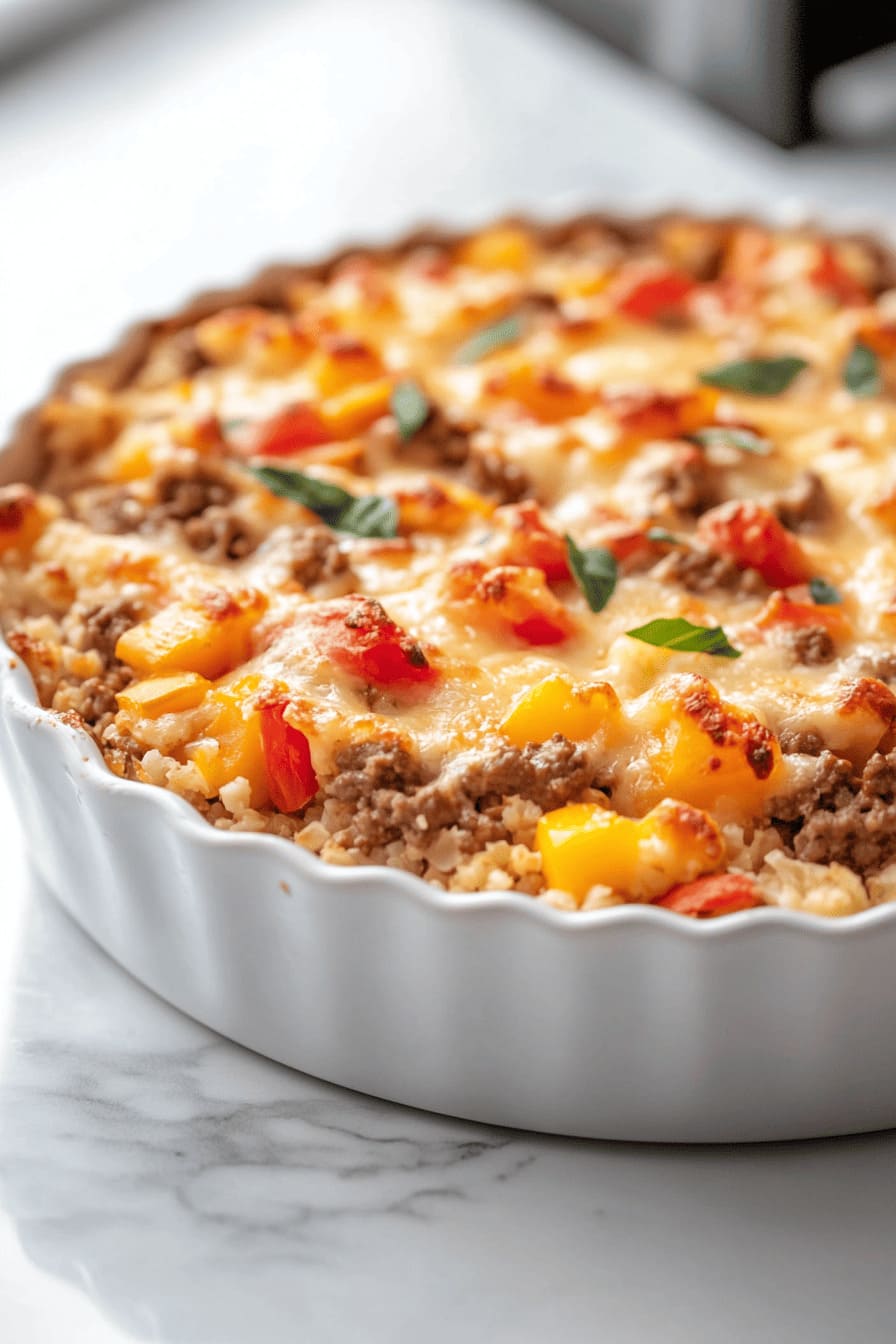
2. Cauliflower Rice
Finely grated cauliflower, used as a low-carb rice substitute. It has a neutral taste that absorbs surrounding flavors well.
- Pros: Extremely low in carbs, versatile in different dishes, can be frozen and reheats easily, cook quickly for pre-made versions
- Cons: Lacks the texture of traditional rice, can become watery when overcooked, cause hunger sooner
- Recipes: Cauliflower Fried Rice, Cauliflower Rice with Grilled Chicken, Chicken and Cauliflower Rice Casserole.
- Popular Brands: 365 by Whole Foods Market, Costco (Frozen or Microwaveable Bag)
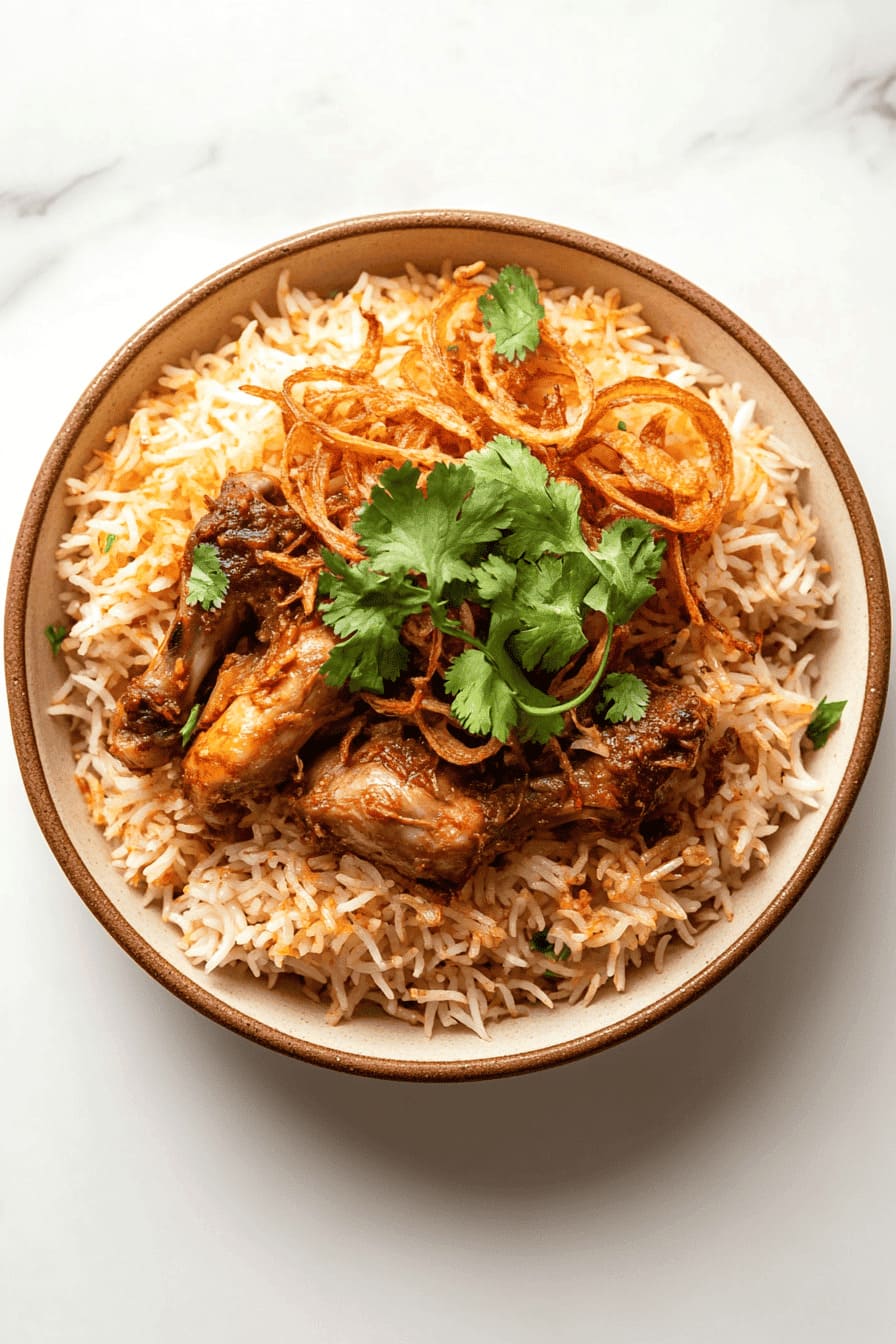
3. Basmati Rice
A long-grain variety from India and Pakistan, known for its fragrant aroma and light, fluffy texture.
- Pros: Naturally aromatic with a lower glycemic index than regular white rice, taste closer to white rice
- Cons: Still relatively high in carbs, has less fiber than brown or wild rice.
- Recipes: Basmati Rice Pilaf with Herbs, Chicken Biryani with Basmati Rice, Basmati Rice and Lentil Curry.
- Popular Brands: Royal Basmati, Tilda, India Gate

4. Brown Rice
Whole grain rice with the bran intact, giving it a chewy texture and nutty flavor.
- Pros: High in fiber, packed with nutrients, promotes better blood sugar control, stores well in the fridge and reheats easily, taste closer to white rice
- Cons: Takes longer to cook and has a chewier texture than white rice.
- Recipes: Brown Rice and Vegetable Stir-Fry, Brown Rice and Chicken Burrito Bowls, Brown Rice and Black Bean Enchiladas.
- Popular Brands: Nishiki, Lundberg Family Farms

5. Couscous
A tiny pasta made from semolina wheat, commonly used in North African dishes.
- Pros: Quick to cook (ready in minutes by soaking in hot water), light and fluffy, and pairs well with various dishes.
- Cons: Contains gluten, lower in fiber than other whole grains, cause hunger sooner
- Recipes: Mediterranean Couscous Salad, Moroccan Chicken with Couscous, Lemon Garlic Couscous with Roasted Vegetables.
- Popular Brands: RiceSelect, 365 by Whole Foods Market
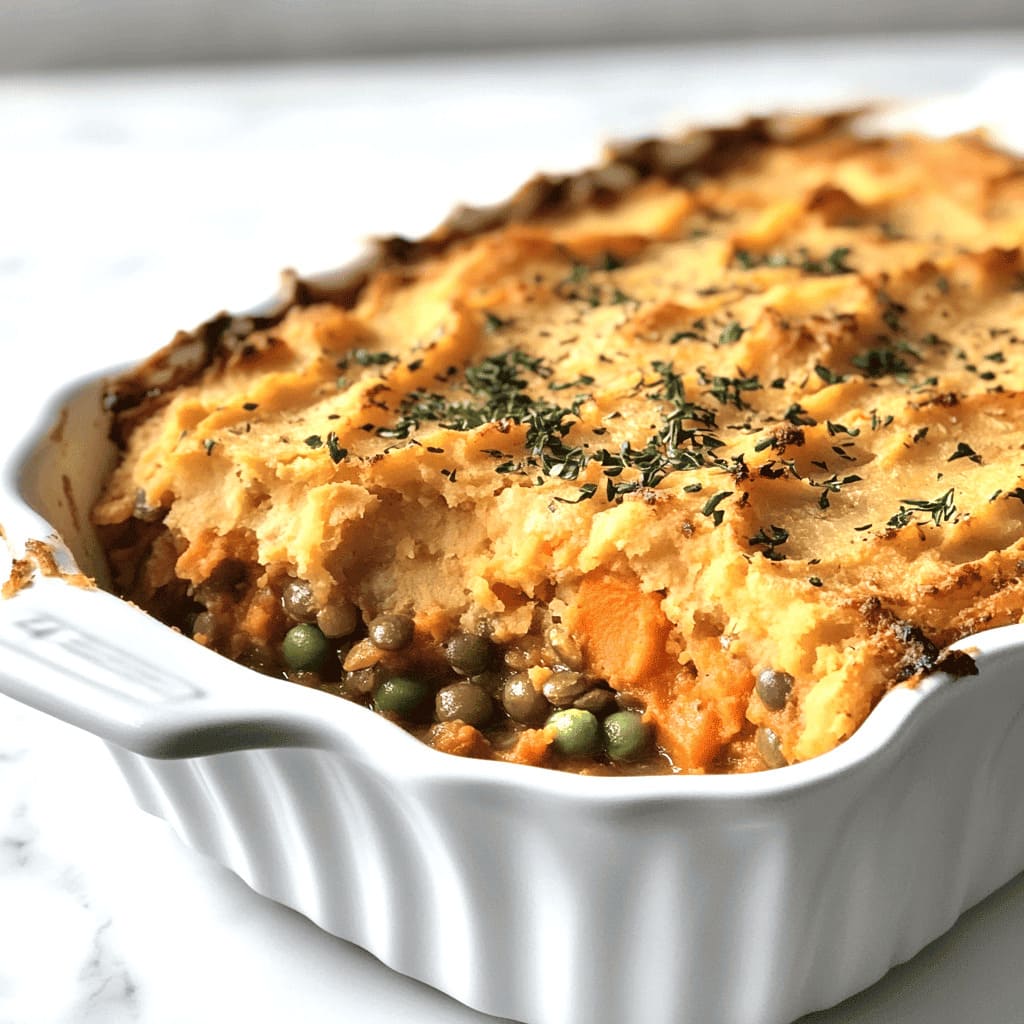
6. Lentils
Small, nutrient-rich legumes. They have an earthy flavor and can be used in soups, salads, or as a rice alternative.
- Pros: Rich in protein and fiber, helping to regulate blood sugar levels.
- Cons: Requires soaking and longer cooking time, and may become mushy if overcooked.
- Recipes: Lentil Shepherd’s Pie, Lentil Soup with Carrots and Celery, Lentil and Quinoa Stuffed Peppers.
- Popular Brands: Iberia, 365 by Whole Foods Market

7. Barley
A chewy cereal grain with a nutty flavor. It’s often used in soups, stews, and salads.
- Pros: High in soluble fiber, promoting heart health and blood sugar control.
- Cons: Contains gluten and takes longer to cook than many other grains.
- Recipes: Barley and Mushroom Risotto, Barley and Vegetable Soup, Barley Salad with Feta and Tomatoes.
- Popular Brand: 365 by Whole Foods Market
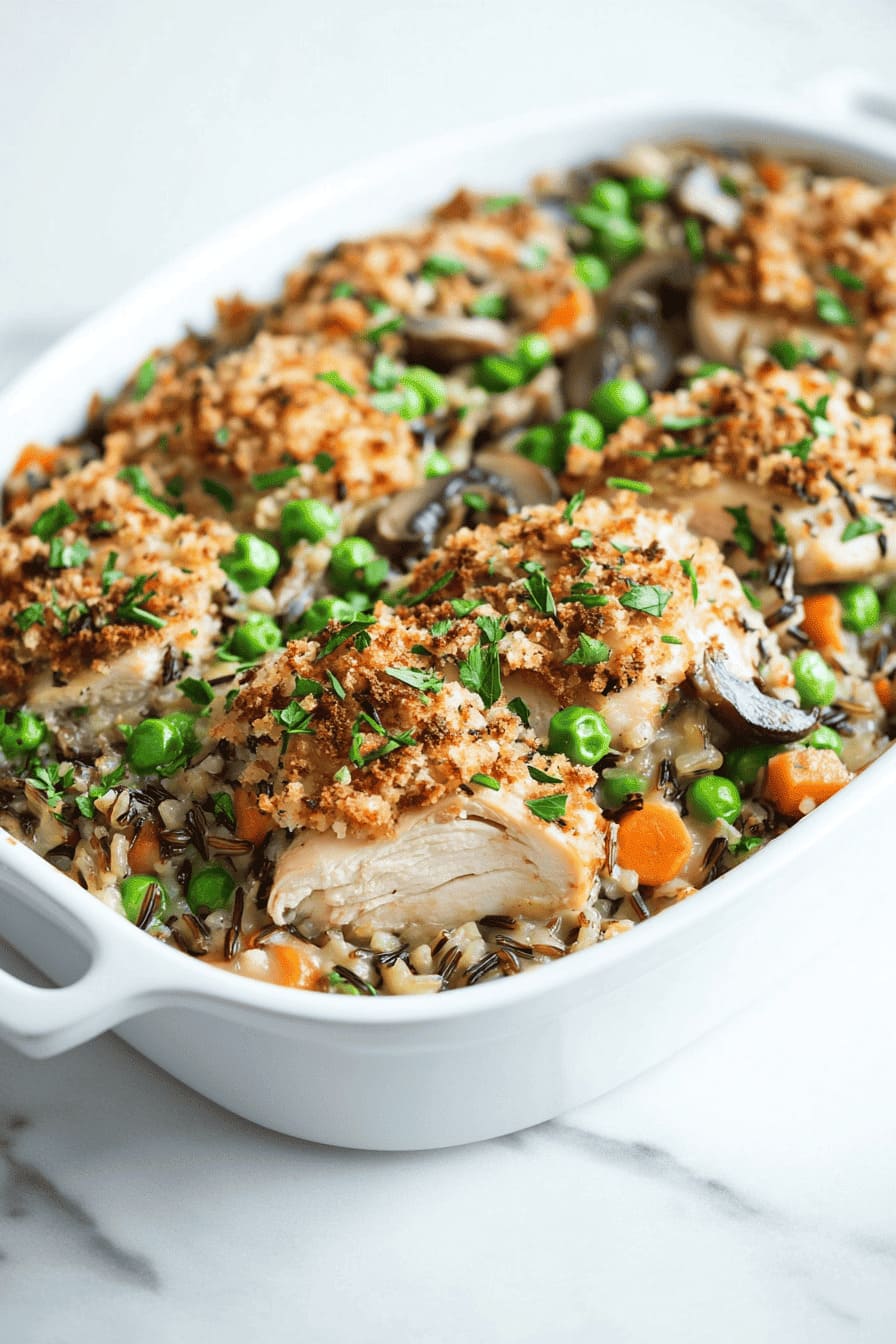
8. Wild Rice
The seed of an aquatic grass, known for its firm texture and earthy flavor.
- Pros: Rich in protein and antioxidants, naturally gluten-free, lower in carbs than regular rice, taste closer to white rice.
- Cons: Takes longer to cook, has a firmer texture, and is more expensive.
- Recipes: Wild Rice and Cranberry Pilaf, Wild Rice and Chicken Casserole, Wild Rice Soup with Mushrooms.
- Popular Brands: RiceSelect, Thousand Lakes, Lundberg Family Farms
Wild rice isn’t technically rice—it’s the seed of a grass native to North America and has been a staple food for indigenous peoples for centuries.

9. Bulgur
Cracked wheat that’s been partially pre-cooked, making it quick to prepare. It has a light, nutty flavor and is commonly used in Mediterranean dishes.
- Pros: Quick to cook (usually in 10-15 minutes), high in fiber, low glycemic index, retains texture after refrigeration and reheating
- Cons: Contains gluten and may have a gritty texture.
- Recipes: Bulgur Tabbouleh Salad, Bulgur and Roasted Vegetable Pilaf, Bulgur-Stuffed Bell Peppers.
- Popular Brands: Iberia, 365 by Whole Foods Market
10. Broccoli Rice
Finely chopped broccoli, used as a low-carb, grain-free rice substitute.
- Pros: Low in carbs, high in vitamins, rich in fiber, and easy to prepare.
- Cons: Stronger flavor than cauliflower rice and may not work with all dishes.
- Recipes: Broccoli Rice and Chicken Bowl, Broccoli Rice Stir-Fry, Broccoli Rice with Sesame and Ginger.
- Popular Brand: Kitchen & Love
11. Farro
An ancient wheat grain with a chewy texture and nutty flavor. It’s often used in salads and soups.
- Pros: Nutty flavor, rich in fiber, and works well in hearty dishes.
- Cons: Contains gluten and takes longer to cook.
- Recipes: Farro and Roasted Vegetable Salad, Farro Risotto with Mushrooms, Farro Salad with Feta and Mint.
- Popular Brand: Bob’s Red Mill
12. Freekeh
Young, roasted green wheat with a chewy texture and smoky flavor. It’s popular in Middle Eastern cuisine.
- Pros: High in fiber and protein with a chewy, nutty texture.
- Cons: Contains gluten, more expensive and less commonly available.
- Recipes: Freekeh and Chickpea Stew, Freekeh with Roasted Vegetables, Freekeh Pilaf with Mint and Lemon.
- Suggested Brand: Bob’s Red Mill
Freekeh, because it’s harvested while still young, retains more protein, fiber, and minerals than fully matured wheat.
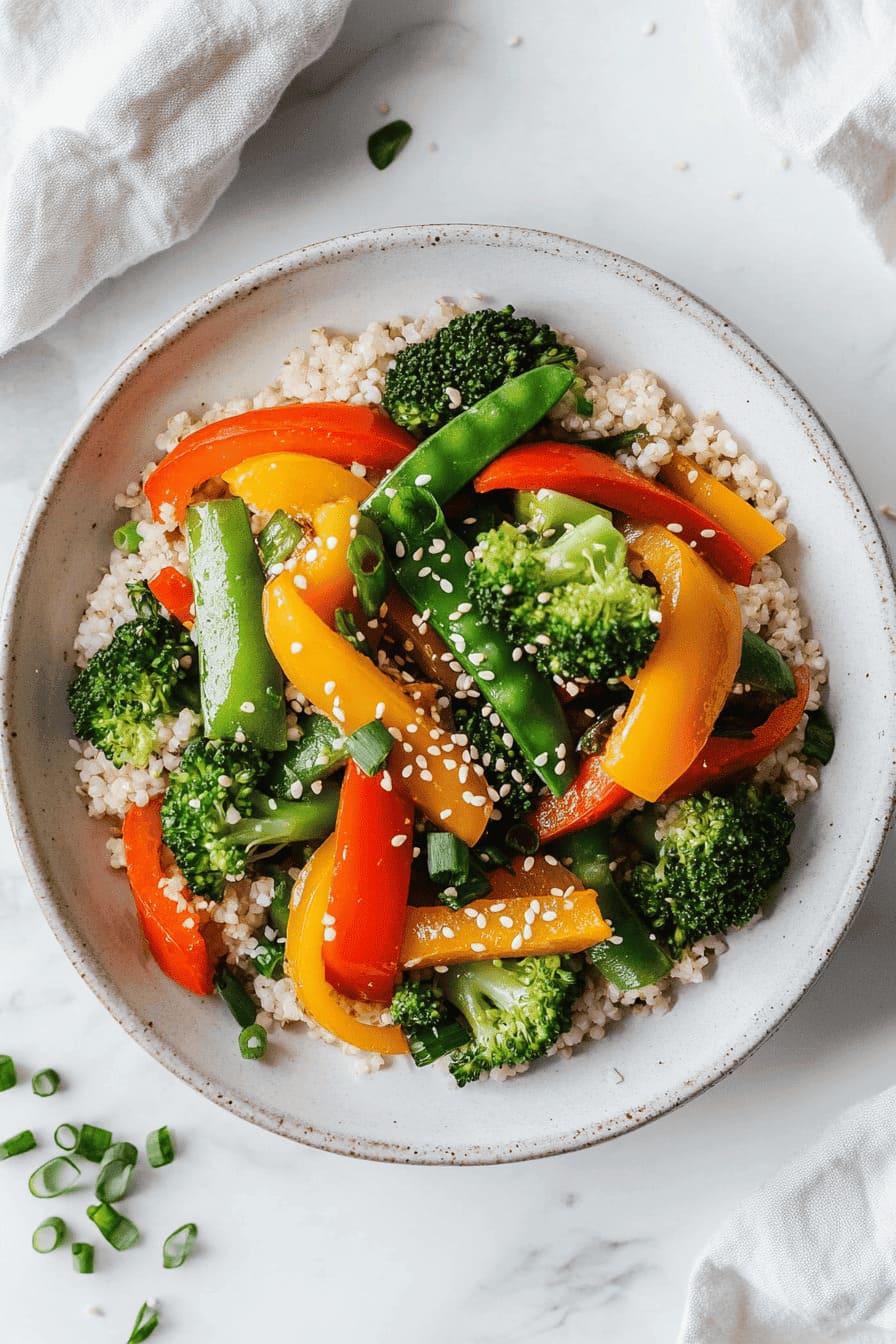
13. Millet
A small, gluten-free grain with a mild flavor and fluffy texture. It can be used in porridge or grain salads.
- Pros: Gluten-free, mild in flavor, and rich in magnesium and phosphorus.
- Cons: Can become sticky when overcooked and may lack the fluffiness of traditional rice.
- Recipes: Millet Porridge with Berries, Millet Stir-Fry with Vegetables, Millet Salad with Cucumber and Feta.
- Popular Brand: Arrowhead Mills Organic

14. Konjac (Shirataki) Rice / Noodle
Made from the konjac root and is extremely low in carbs and calories. It has a gelatinous texture and is often used in keto and low-carb diets.
- Pros: Extremely low in carbs and calories, making it keto-friendly.
- Cons: Gel-like texture, require thorough rinsing to remove the natural odor, cause hunger sooner.
- Recipes: Shirataki Rice Stir-Fry, Shirataki Rice Sushi Bowls, Shirataki Noodle with Chicken and Vegetables.
- Popular Brand: Miracle Noodle
Shirataki rice (also known as miracle rice) is made from the konjac plant, which is 97% water and 3% fiber, making it almost calorie-free!
15. Buckwheat Groats
Seeds from the buckwheat plant. They have a nutty flavor and are commonly used in porridge or grain bowls.
- Pros: Gluten-free, high in fiber, and provides a nutty flavor.
- Cons: Can have a strong taste that some may not enjoy, with a longer cooking time.
- Recipes: Buckwheat and Roasted Veggie Bowl, Buckwheat Porridge with Cinnamon, Buckwheat Salad with Radishes and Dill.
- Suggested Brand: Bob’s Red Mill
Buckwheat, despite its name, is not related to wheat and is gluten-free.
16. Sorghum
A grain with a chewy texture. It’s versatile, often used in grain salads, soups, or as a rice replacement.
- Pros: Gluten-free, rich in antioxidants and fiber, and holds up well in grain salads.
- Cons: Takes longer to cook and can be more expensive in some regions.
- Recipes: Sorghum and Kale Salad, Sorghum Stir-Fry with Tofu, Sorghum and Roasted Butternut Squash Salad.
- Suggested Brand: Bob’s Red Mill
Sorghum can be popped like popcorn! It’s a fun and healthy snack alternative that not many people know about.
17. Chopped Cabbage
A low-carb rice substitute. It’s crunchy, but has a distinct flavor that differs from neutral grains.
- Pros: Low in carbs, high in fiber, and rich in vitamins, particularly vitamin C.
- Cons: Soft texture may not provide the same bite as rice and can be watery.
- Recipes: Cabbage Stir-Fry with Tofu, Cabbage and Carrot Slaw, Cabbage Rolls with Ground Turkey.
18. Riced Sweet Potato
Finely chopped sweet potato used as a slightly sweet alternative to rice.
- Pros: Packed with vitamins, lower glycemic index than white potatoes, and has a naturally sweet flavor.
- Cons: Can be more calorie-dense.
- Recipes: Sweet Potato Rice Burrito Bowl, Sweet Potato Rice with Black Beans, Sweet Potato Rice and Chicken Skillet.
19. Amaranth
A seed used in porridges or salads.
- Pros: Gluten-free, high in protein, and an excellent source of calcium and iron.
- Cons: Slightly sticky texture when cooked, can be more expensive and harder to find.
- Recipes: Amaranth Breakfast Porridge, Amaranth and Quinoa Salad, Amaranth Stir-Fry with Broccoli.
- Suggested Brand: Bob’s Red Mill

20. Spaghetti Squash
This low-carb vegetable is a light, grain-free alternative to rice or pasta.
- Pros: Low in carbs, gluten-free, and naturally versatile in various dishes.
- Cons: Time-consuming to prepare, and the watery texture may not always replicate rice.
- Recipes: Spaghetti Squash with Pesto and Veggies, Spaghetti Squash Stir-Fry, Spaghetti Squash with Tomato Sauce.
Spaghetti squash is unique because, when cooked, it naturally separates into spaghetti-like strands, making it a fun, low-carb swap for traditional pasta or rice.
Cooking Tips for Keeping Rice Healthier
How to reduce sugar in rice?
Rinsing rice before cooking is such a simple step, but it makes a world of difference in reducing starch in your rice.
You’ll notice the water turns cloudy at first, which is all that surface starch washing away. Keep rinsing until the water runs clear.
The result is fluffier, lighter rice that’s not just tastier, but also better for keeping your blood sugar in check. It’s an easy hack that makes a huge difference!
Frequently Asked Questions
Which sugar-free rice alternatives are suitable for weight loss?
Alternatives like cauliflower rice, zucchini rice, and shirataki rice are low in calories and carbohydrates, making them ideal for weight loss. Quinoa, bulgur, and millet are higher in fiber, which helps increase fullness and control appetite.
How much rice can a diabetic eat per day?
The amount of rice a diabetic can eat per day varies based on individual blood sugar control, activity levels, and dietary goals. A common guideline is to keep rice portions to about ¼ to ½ cup per meal, while balancing it with proteins and vegetables to help manage blood sugar.
Is jasmine rice ok for diabetics?
Jasmine rice has a high GI (68-80), which can spike blood sugar quickly. It’s better for diabetics to limit or avoid it and choose lower GI options like basmati rice.
Learn more: Glycemic Index of over 650+ foods (free printable list included)
Does sugar-free rice taste like regular rice?
Some alternatives like cauliflower rice or shirataki rice have a different texture and flavor compared to traditional rice. Mixing them with regular rice or using flavorful seasonings can help adjust to the difference.
How can I store leftover sugar-free rice?
Grain-based rice alternatives like quinoa and bulgur store well in the fridge for up to five days and can also freeze for up to three months. Vegetable-based alternatives, such as cauliflower rice, are best eaten fresh but can be stored for 2-3 days in the fridge or frozen for up to a month.
Conclusion
Switching to sugar-free rice alternatives has been very helpful for me, and it can be for you too!
From fiber-packed grains to veggie-based options, these choices give you the flexibility to enjoy delicious meals while keeping your blood sugar in check.
Whether you’re managing diabetes or just looking to make healthier decisions, there’s something for everyone.
I’ve found it’s all about finding what works for you—whether it’s mixing in your favorites or trying new combinations that suit your taste and lifestyle.
Stay mindful, experiment, and make eating fun and nourishing.

